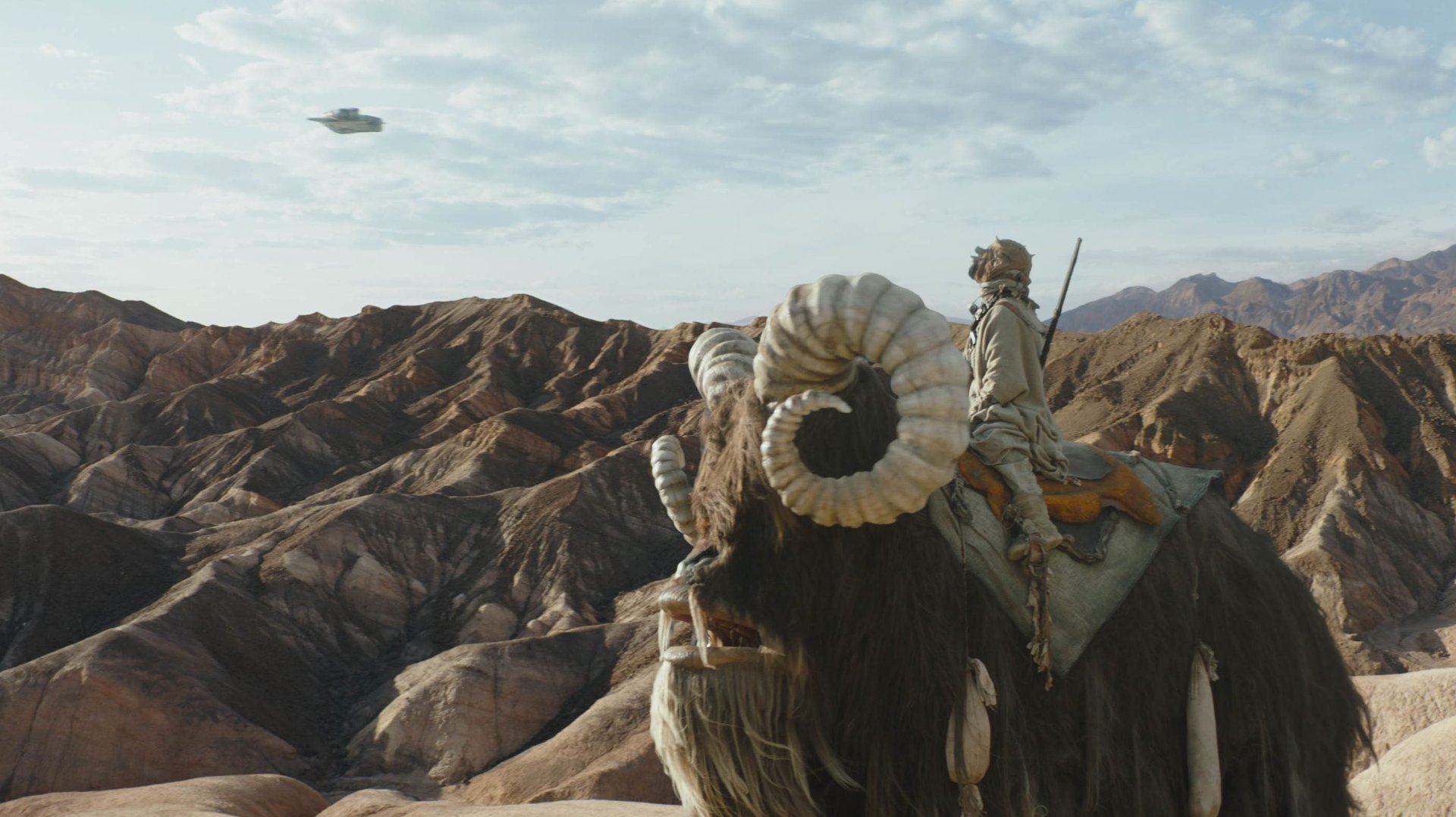Hollywood finally has a replacement for the green screen
The green screen has been a staple of film and TV sets for decades, dating back to The Thief of Baghdad in 1940. It served its purpose well, allowing filmmakers to layer spectacular landscapes and futuristic settings onto its blank canvas in post-production. But now, Hollywood is adopting a new technology that makes the process of rendering imaginary worlds much more seamless.


The green screen has been a staple of film and TV sets for decades, dating back to The Thief of Baghdad in 1940. It served its purpose well, allowing filmmakers to layer spectacular landscapes and futuristic settings onto its blank canvas in post-production. But now, Hollywood is adopting a new technology that makes the process of rendering imaginary worlds much more seamless.
Sony is launching a line of crystal LED display systems it says can be used to create virtual film sets. One of them, the “B-series,” was developed in collaboration with Sony’s movie studio, Sony Pictures Entertainment. The company is launching the displays today at the Consumer Electronics Show, which is being held virtually this year. Sony hasn’t yet announced a price, though they are surely quite expensive (and not meant for consumers).
The display systems are similar to the Stagecraft technology pioneered by Industrial Light & Magic (ILM), the subsidiary of Lucasfilm (now owned by Disney) that George Lucas founded in 1975. Stagecraft is regularly used on the Disney+ series The Mandalorian, projecting alien backdrops on massive displays which surround the actors so they don’t have to imagine them. The ILM technology was used recently in George Clooney’s sci-fi Netflix film, The Midnight Sky, and will soon be used to film the upcoming Batman movie, as well as the latest Thor sequel.
Both ILM’s and Sony’s displays are extremely bright and coated with anti-reflection technology—improving yet another one of the drawbacks to green screens. Normally, visual effects artists have to edit out lines and reflections on a set created by the big, bright-green walls. But these new displays emit realistic light of their own onto the actors and props, making it seem as though they are actually in that physical space while avoiding the costly and time-consuming task of hiding a green screen’s limitations.
The technology is especially convenient for filming in the time of Covid-19. Filmmakers can put recordings of remote landscapes on the displays instead of sending an entire cast and crew to those actual locations. It allows productions to swap multiple sets in and out on the same day, saving money and requiring fewer crew members.
To be sure, virtual production is not yet the industry standard. Most big-budget productions in the near future will likely still make at least some use of green screen. But for the first time, there is a promising new method, and it’s quickly becoming popular. It’s easy to see a future in which it becomes the predominant method through which the industry visualizes 3D environments on screen.
ILM announced in September that it is building three new Stagecraft stages around the world—one at its existing headquarters in Manhattan Beach, California, one at Pinewood Studios in London, and one at Fox Studios Australia. It also plans to operate more bespoke, “pop up” systems for filmmakers, as it did for Clooney’s Netflix film. Sony is marketing its version as long-lasting and easy to install, perhaps serving as a more accessible option for filmmakers who can’t work on one of ILM’s stages.